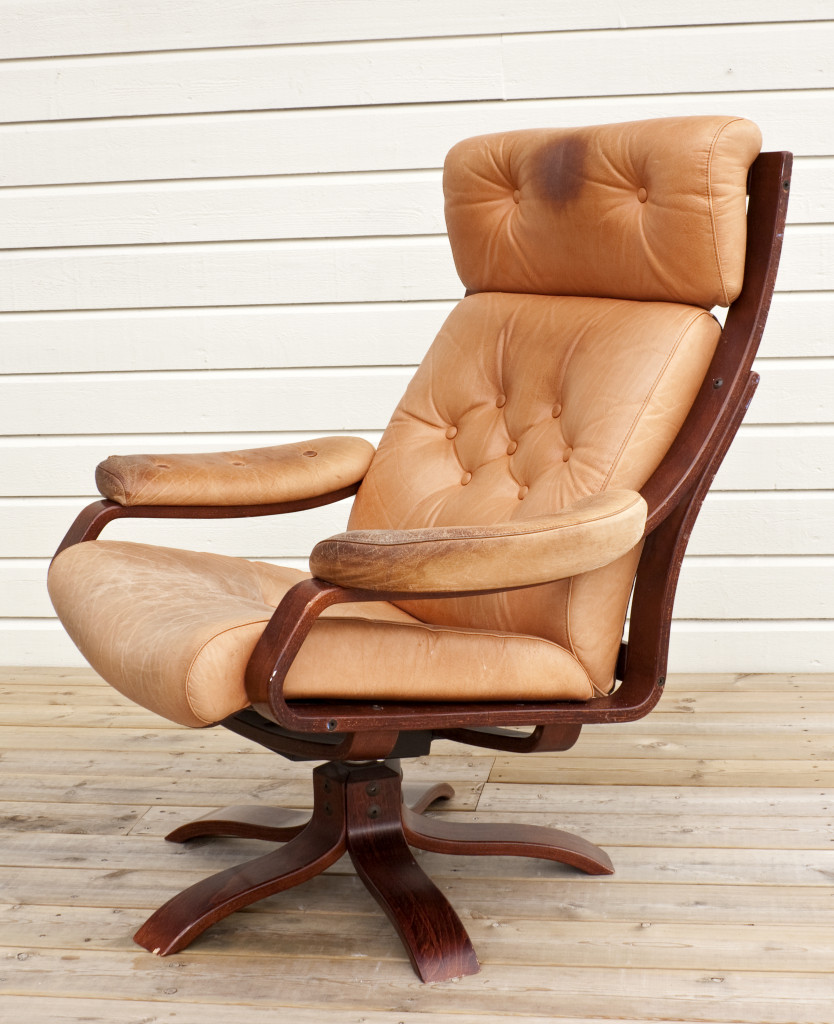As the popular adage says, “one man’s trash is another man’s treasure.”
The secondhand market around the world is thriving. Shoppers opt to buy pieces that are pre-loved or have spent time in someone else’s closet rather than in a warehouse somewhere.
The Secondhand Market Growing Globally
New research by ThredUp, a popular online consignment and thrift app, reported that, in 2020, about 33 million people in the United States purchased secondhand clothing and accessories for the first time. Of those shoppers, 76 percent plan to buy more secondhand items in the future.
At present, the secondhand market in the U.S. is valued at $36 billion. However, in five years, analysts predict that the secondhand market in the U.S. will double its size and reach $77 billion. By 2030, the secondhand market in the U.S. will be $84 billion, more than twice the predicted growth of fast fashion, which is expected to be worth about $40 billion.
The United Kingdom is also seeing a demand for secondhand goods. In 2020, about 12 million people from the UK purchased secondhand items. Since 2018, there has been a 404 percent year-on-year increase in the sales of secondhand items in the UK.
The growth of the secondhand market in the UK in 2020 was fuelled by the lockdown. Because the high street was closed for much of the past year, people went online to shop. Combined with massive job losses and the economy plunging into a recession, buying secondhand offered a cost-effective way to buy goods.
Moreover, consumers, especially young generations, have grown more concerned about their negative impact on the environment. Millennials and members of Generation Z are passionate about environmentalism and other social issues. Buying secondhand is an alternative to supporting brands that pollute the planet and do not pay their workers a living wage.
De-cluttering Turns to Profit
Households across the UK discard tonnes of waste regularly, and so much of it is still usable. Many discarded products end up in landfills, where they will remain forever, outliving the people who purchased and used them.
There are ways to properly get rid of items that people own but no longer want. They can donate usable products to charity shops and help those who are in need in the process. They can bring garbage directly to recyclers or hire house clearance services that know how to properly dispose of items while reducing potential damage to the environment.
Better yet, venture into the secondhand market.
About 67 million items of clothing are expected to be discarded post-lockdown by households across the UK. Selling them will ensure that these items do not end up in the landfill. Instead, it will be worn and loved by someone else.
There is a lot of money to be made from the secondhand market. In the past year, some people went into it to create another source of revenue amid the lockdown. However, several people have found success selling used goods online and have turned it into a full-time business.
One seller told BBC that she now sells about six items, many of which can go up to £150 each per week.

What People Want
Consumers want all kinds of stuff from secondhand stores. One study found that at least seven in 10 shoppers have acquired secondhand books. Books seem to be a popular category among secondhand shoppers, especially women. Aside from books, women are also buying pre-loved clothing, accessories, and shoes. Men, on the other hand, are looking for used DVDs and CDs.
The most popular offline destinations for secondhand shopping are charity shops. About 67 percent of consumers have made a purchase from their local charity shop. However, charity shops are more popular among female shoppers than male shoppers.
eBay is the most popular online destination among secondhand shoppers. People use it because it provides them the convenience to shop from the comfort of their own homes. However, it is less likely to be used by older consumers, especially those around 55 and above.
Meanwhile, Facebook’s Marketplace, an online selling platform launched in 2016, has rapidly become a primary destination for consumers seeking pre-loved items at a good price. It now has over a billion users.
Aside from savings and sustainability, secondhand shopping has become a mainstream way to shop. Consumers enjoy the thrill of finding a good-quality item for a low price. Regardless of the reason why a shopper decides to buy secondhand, everyone gains from it. Sellers get to make extra money and reduce the waste they generate. Consumers find a product that they need and pay less than it would normally cost if they buy new. More importantly, fewer items end up in a landfill.

